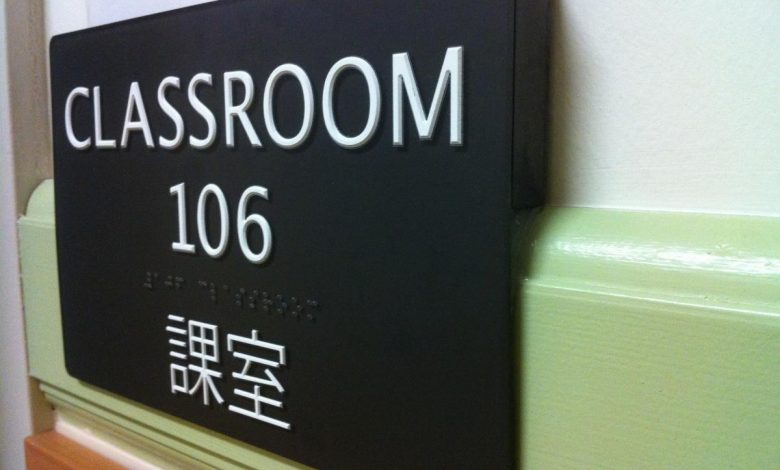Busting ADA Signage Myths on Braille
Fewer people read Braille than you may think

ADA signs and Braille signs are not synonymous terms. Braille is probably the least used of all the elements on accessible signs since so few people fall into the category of those who can’t see much at all and rely on the sense of touch to read signs.
Even among functionally blind people, most of them don’t read Braille. Learning Braille is not simple, so it’s mostly younger people who become blind early in life who learn to read it. The raised characters required to accompany the Braille on room identification signs are there for the rest of the severely visually impaired population to read.
The only signs that absolutely require raised text and Braille are those that identify rooms and spaces like exit doors, floor levels within stairwells and on elevator hoistway doors, and the labels on elevator control panels. All the wayfinding signs and informational signs as well as exterior signs are visual only.
The 2010 standards also allow dual-purpose signs that give the same message in two ways. You can have a visual sign section that says, “Conference Room 200” and a separate tactile and Braille sign section that says the same thing. These signs can be one piece, two plaques joined together or adjacent to each other, or completely separate. The tactile sign could be adjacent to the door, and the visual sign could be on the door. Even if you didn’t have the equipment to make the tactile portion of those signs, you could still create the visual portions and purchase the tactile components to complete the system.